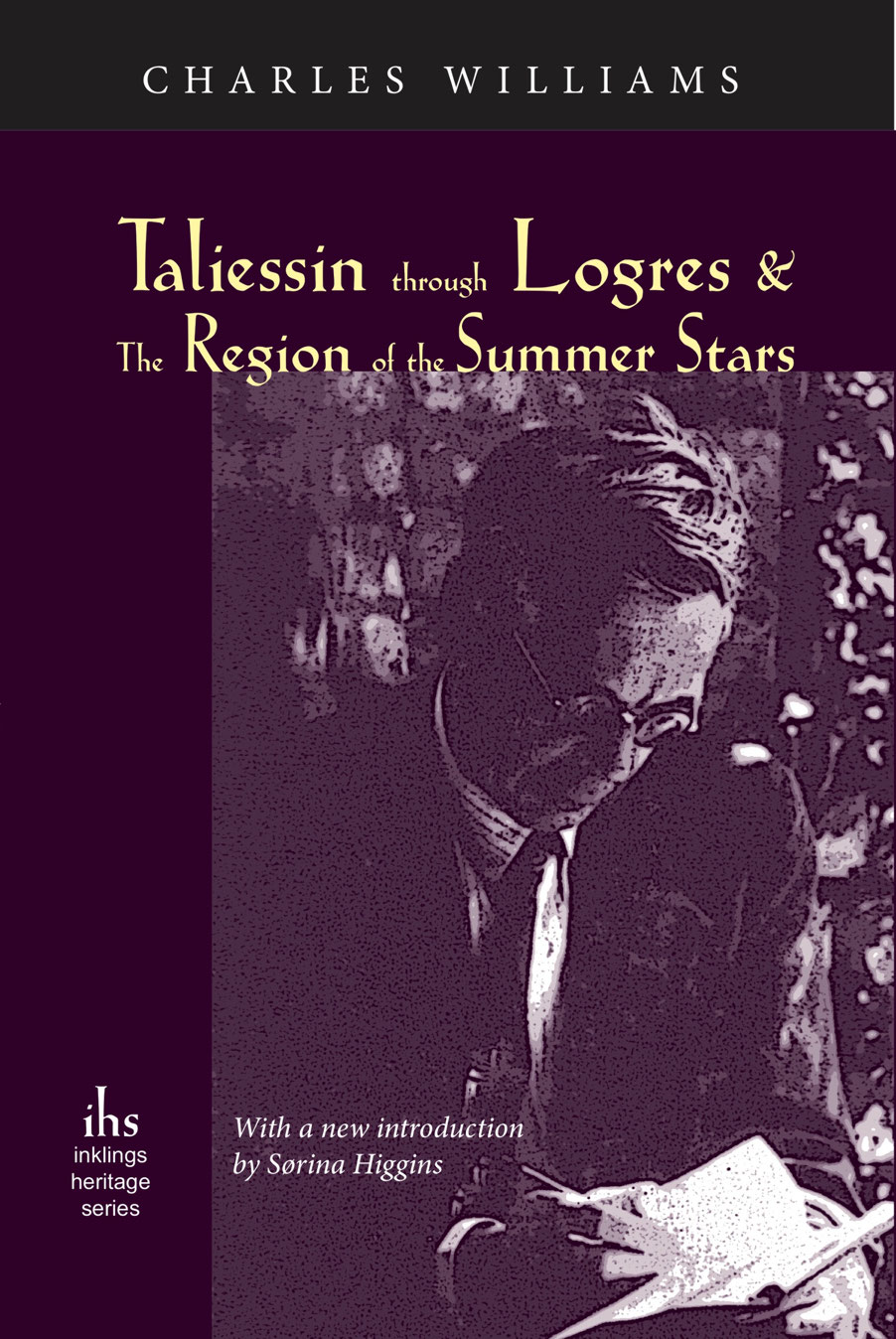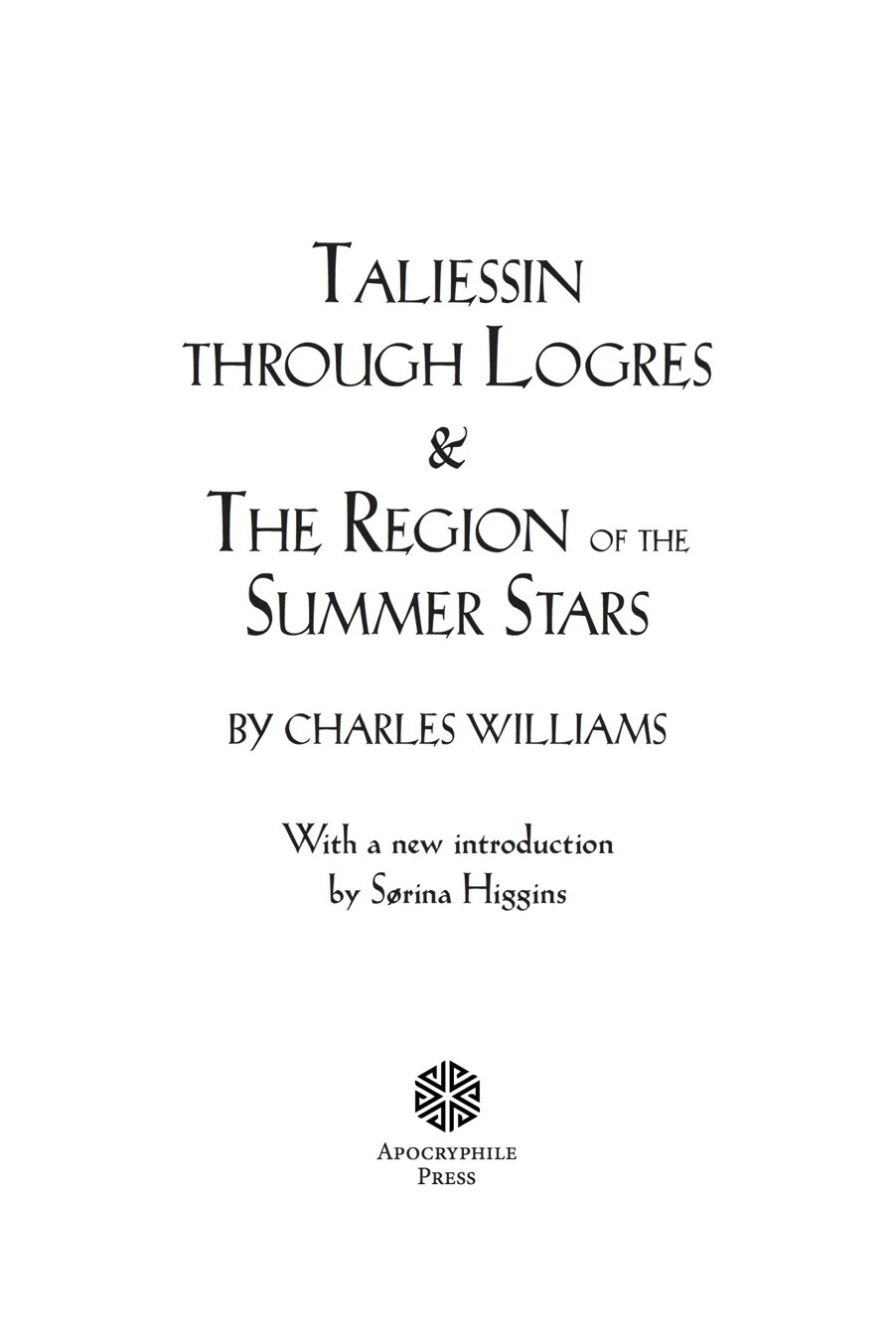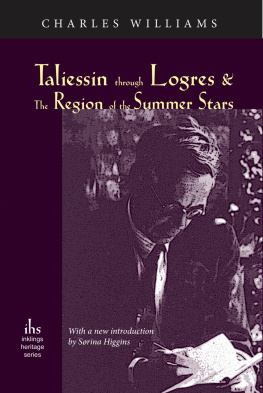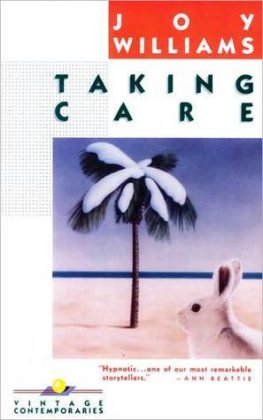Charles Williams - Taliessin Through Logres and the Region of the Summer Stars
Here you can read online Charles Williams - Taliessin Through Logres and the Region of the Summer Stars full text of the book (entire story) in english for free. Download pdf and epub, get meaning, cover and reviews about this ebook. year: 2016, publisher: Apocryphile Press, genre: Art. Description of the work, (preface) as well as reviews are available. Best literature library LitArk.com created for fans of good reading and offers a wide selection of genres:
Romance novel
Science fiction
Adventure
Detective
Science
History
Home and family
Prose
Art
Politics
Computer
Non-fiction
Religion
Business
Children
Humor
Choose a favorite category and find really read worthwhile books. Enjoy immersion in the world of imagination, feel the emotions of the characters or learn something new for yourself, make an fascinating discovery.
- Book:Taliessin Through Logres and the Region of the Summer Stars
- Author:
- Publisher:Apocryphile Press
- Genre:
- Year:2016
- Rating:4 / 5
- Favourites:Add to favourites
- Your mark:
- 80
- 1
- 2
- 3
- 4
- 5
Taliessin Through Logres and the Region of the Summer Stars: summary, description and annotation
We offer to read an annotation, description, summary or preface (depends on what the author of the book "Taliessin Through Logres and the Region of the Summer Stars" wrote himself). If you haven't found the necessary information about the book — write in the comments, we will try to find it.
Charles Williams: author's other books
Who wrote Taliessin Through Logres and the Region of the Summer Stars? Find out the surname, the name of the author of the book and a list of all author's works by series.
Taliessin Through Logres and the Region of the Summer Stars — read online for free the complete book (whole text) full work
Below is the text of the book, divided by pages. System saving the place of the last page read, allows you to conveniently read the book "Taliessin Through Logres and the Region of the Summer Stars" online for free, without having to search again every time where you left off. Put a bookmark, and you can go to the page where you finished reading at any time.
Font size:
Interval:
Bookmark:



THE APOCRYPHILE PRESS 1700 Shattuck Ave. #81 Berkeley, CA 94709 www.apocryphile.org
Taliessin Through Logres, by Charles Williams; first published 1938 by Oxford University Press, London, New York, and Toronto; second impression 1948; third impression 1954.
The Region of the Summer Stars, by Charles Williams; first published by Editions Poetry London, 1944; reset by Oxford University Press, 1950; reprinted in 1952 and 1960.
An Introduction to Taliessin Through Logres Copyright 2016 Srina Higgins
ISBN 978-1-944769-31-4 eISBN 978-1-944769-43-7 (Kindle) eISBN 978-1-944769-44-4 (ePub) Ebook version 1.1
All rights reserved. No part of this publication may be reproduced, stored in a retrieval system, or transmitted in any form or by any means electronic, mechanical, photocopy, recording, or any other except for brief quotations in printed reviews, without the prior permission of the publisher.

TALIESSIN THROUGH LOGRES
THE REGION OF SUMMER STARS
In 1938, Oxford University Press published Taliessin through Logres, the first of Charles Williamss two volumes of Arthurian poetry.

TALIESSIN THROUGH LOGRES
THE REGION OF SUMMER STARS
In 1938, Oxford University Press published Taliessin through Logres, the first of Charles Williamss two volumes of Arthurian poetry.
It is an important work of British modernism that adapts earlier traditions about Arthur (such as those by Malory and Tennyson) and is also in dialogue with Williamss contemporaries: T.S. Eliot, Ezra Pound, James Joyce, and W.B. Yeats. The poetry is technically virtuosic, musically beautiful, and conceptually complex. Like many other volumes of verse published in Britain the first half of the twentieth century, Taliessin through Logres is designed to reward multiple readings. It is densely packed with layers of symbolism and rich imagery that are not initially easy to understand, but that scintillate with ever greater brilliance upon repeated readings.
The goal of this introduction, then, is to guide new readers through first, second, and subsequent readings of this beautiful book, aiding eager minds in appreciating its peculiar glories. The best way to approach Taliessin through Logres is to read it once straight through from beginning to end, in order, as Williams designed it, taking in the main characters and plot elements without attempting to grasp the details. It is not necessary to articulate the content of the poem intellectually on a first reading or even to understand the story fully the first time through. You probably will not, because the plot is not the point of this collection, and, indeed, plot is often subordinated to symbolism or sound. You may be aware that C.S. Lewis, a close friend and colleague of Charles Williams, published a commentary on these poems in 1948.
This discussion, entitled Williams and the Arthuriad, is extraordinarily helpful. Lewis gives useful insights into many aspects of Williamss poetry, and I highly recommend it as a companion to his poems. However, one point that Lewis makes is, I believe, wrong. In his discussion, he recommends that readers interleave the twenty-four poems of Taliessin through Logres with the eight longer pieces from The Region of the Summer Stars (published in 1944). Lewis suggests a reading order that arranges the poems chronologically according to a simple reading of events they contain. However, doing this misses the poetic, narrative, logical, and spiritual structure of Taliessin through Logres.
This book has its own internal unity, which can only be experienced by reading the poems in the order in which Williams arranged them. This is the best and most immersive way to encounter them. On a second reading, you can slow down and take time to appreciate the musical aspects of the verses. Read purely for the sounds and the images Williams creates in this sensuous poetry. Revel in the phonoaesthetics and the lavish visual descriptions. This is beautiful writing, rich with musical appeal and dancing with gorgeous imagery.
I recommend a purely aesthetic immersion, in which you listen as if you are attending a chamber concert of string instruments and look as if you are walking through galleries of abstract oil paintings. Luxuriate in luscious sentences like this one from The Vision of the Empire:
The organic body sang together; dialects of the world sprang in Byzantium; back they rang to sing in Byzantium; the streets repeat the sound of the Throne. (lines 14)
Delight in the imagery and syntax of this series of questions from a lover to his beloved in Bors to Elayne: On the Fish of Broceliande:
A forest of the creatures: was it of you? no? monstrous beasts in the trees, birds flying the flood, and I plucked a fish from a stream that flowed to the sea: from you? for you? shall I drop the fish in your hand? in your hands pool? a bright-scaled, red-tailed fish to dart and drive up the channel of your arm? (lines 1015).
When you get to the masterful, one-sentence, thirty-six-line lyric Taliesins Song of the Unicorn, read it in one long breath, not pausing to parse the grammar. Let the rhythm of each poem carry you at its own pace. It is in the area of technique that Williams sits most comfortably in the company of his fellow Modernists.
In his mature works, he broke free from stilted, traditional meters and clanging, predictable end-rhymes. This was largely due to his editing of an edition of Gerard Manley Hopkinss poems in 1932; after this time, Williamss poetry became more and more challenging and beautiful. Alliteration is one of his primary devices. He is not writing quasi-Anglo Saxon alliterative verse, as his friend J.R.R. Tolkien did, but rather deploying skillfully-placed alliterations for sonic appeal. Taliesins Song of the Unicorn begins:
Shouldering shapes of the skies of Broceliande are rumours in the flesh of Caucasia; they raid the west, clattering with shining hooves, in myth scanned (lines 13)
Notice the multiple, varied s sounds in the first line: sh-, sh-, sk-, ce- (and also perhaps the z sound at the end of skies).
They provide a pleasant balance of aural similarity and difference. This careful arrangement of s sounds continues in the next two lines, but there they are largely in unaccented syllables so that the repetition does not become tedious. Keep an ear open for the subtle effects of alliteration throughout the poems. The choice of which sound to choose for alliteration is also adroit. Writers and scholars have developed theories about the psychological effects of certain phonemes: low-pitched vowels, such as oh and oo, for example, are cool and soothing and smooth, but can also evoke gloom, doom, and the tomb. This line, from the Prelude, uses deep vowel sounds powerfully: The blind rulers of Logres (line 10).
Font size:
Interval:
Bookmark:
Similar books «Taliessin Through Logres and the Region of the Summer Stars»
Look at similar books to Taliessin Through Logres and the Region of the Summer Stars. We have selected literature similar in name and meaning in the hope of providing readers with more options to find new, interesting, not yet read works.
Discussion, reviews of the book Taliessin Through Logres and the Region of the Summer Stars and just readers' own opinions. Leave your comments, write what you think about the work, its meaning or the main characters. Specify what exactly you liked and what you didn't like, and why you think so.








